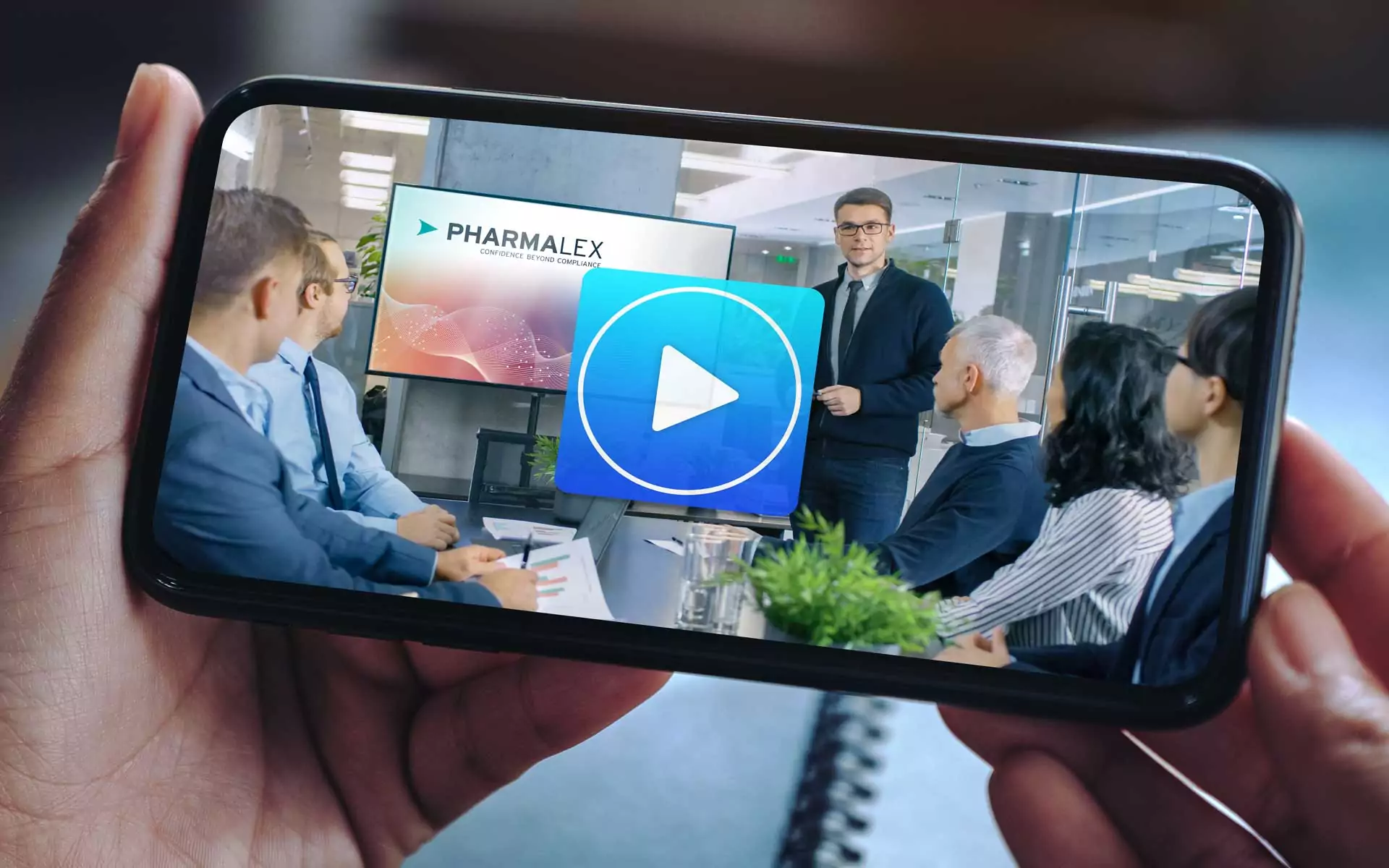While ICH guidelines and technical requirements enhance global regulatory standardization efforts, there continue to be significant regulatory variations across different markets[1]. Nevertheless, there is a growing trend toward harmonization and work sharing among health authorities as they seek to bring greater efficiencies to their review processes.
Two notable examples are the Access Consortium[2] and Project Orbis[3]. Both bring together regulatory authorities from different markets for greater collaboration to provide patients with faster access to new medicines. Understanding these different pathways can help companies determine the best approach for submitting their marketing authorization applications.
Access Consortium
As a coalition of medium-sized regulatory authorities – Australia’s Therapeutic Goods Administration (TGA), Swissmedic, Health Canada, Health Sciences Authority (HSA) of Singapore and the UK’s Medicines and Healthcare products Regulatory Agency (MHRA) – Access Consortium offers biopharmaceutical companies the opportunity for near simultaneous approval in participating countries, timeline predictability and coordinated review[4].
It is not required that an application be submitted to all five members of the consortium, just that a minimum of two countries participate. The decision on which markets to include will depend on the economic interests of the company.
As previously discussed, Access makes sense to both industry and the health authorities. It reduces the burden on individual health authorities through work sharing and consolidates processes for industry. Key benefits for industry include:
- Being able to submit one dossier in eCTD format for all countries involved
- Having a consolidated list of questions from all participating authorities
- Enjoying a simultaneous evaluation process and possibly a shorter review time
- Leveraging near simultaneous marketing authorization approval in all participating countries (depending on each country’s final decision)
Access is steered and directed by the heads of participating regulatory authorities who meet at least twice a year to review progress, define the consortium’s strategic direction and advance goals and objectives[5].
A coordinator from each agency ensures effective communication between all members and coordinates the work carried out by experts in the various working groups, including generic medicines, biosimilars, new active substances and, most recently, advanced therapy medicinal products (ATMPs)[6]. These groups meet regularly to exchange information on regulatory issues regarding marketing authorizations, inspections of manufacturing sites, clinical studies, technical guidelines or regulatory standards and efforts to harmonize assessment approaches.
Each group has similar requirements. As an example, the New Active Substance Work Sharing Initiative (NASWSI) requires interested companies to fill in an “expression of interest” (EOI) form three months in advance. Identical dossiers should be sent to all participating authorities within a timeframe of two weeks. While Modules 2 to 5 do not have to be identical, it is preferable that the same dossiers are submitted to all participating authorities, with any differences outlined in the EOI form[7].
Each authority will review the module or modules they have been allocated, and evaluations are shared on a secure platform, peer reviewed, with results being discussed before a consolidated response is sent to the applicant. In our experience, Module 3 is typically handled by Health Canada when the agency is involved in the procedure. Product labelling is not part of this joint review and is handled on a national basis.
Any clarification questions are consolidated and sent to the applicant simultaneously. Timelines for sharing questions depend on the milestones for review and are agreed by the participating regulators. Some activities will be country-dependent, such as questions for a specific jurisdiction or timelines when using a country’s priority pathway in the evaluation. The final decision of each authority is independent and certain national procedures will still apply for posting an external summary of the application e.g., UK Public Assessment Report (PAR)[8], AusPAR[9], Canadian Summary Basis of Decision[10], and SwissPAR[11].
While the processes and benefits are clear, all agencies must regard the proposed product in the same way, for example, as a generic, new active substance, ATMP, etc., and all dosage forms will need to be eligible for the work-sharing initiative to proceed. Any major differences, such as submitting multiple studies using different comparator products, would likely mean the application is not suited for Access.
Project Orbis
Another collaborative pathway is Project Orbis. As an initiative of the US Food and Drug Administration’s (FDA) Oncology Center of Excellence, Project Orbis enables concurrent submission and review of oncology products among international regulators. Other participants include the same authorities involved in the Access Consortium as well as Brazil’s National Health Surveillance Agency (Agência Nacional de Vigilância Sanitária (ANVISA)) and Israel’s Ministry of Health Pharmaceutical Administration3.
Transparency and cooperation are at the heart of Project Orbis, with the objective being to accelerate access to promising cancer treatments for patients. Applicants are either recommended by the US FDA or sponsors can request for these applications to be included in Project Orbis.
Acceptance is contingent upon meeting key criteria, including that the product is clinically significant or has compelling data demonstrating improved safety or efficacy. Sponsors are expected to work with the local authority to determine whether pre-submission meetings are required and must commit to supporting submission of applications in similar timeframes in all participating markets. Applicants are also asked to ensure responses to requests for information from specific agencies are provided to all participating agencies to minimize duplication and improve efficiencies.
When a project is identified, FDA sends Project Orbis partners a proposal to confirm their interest and availability to participate in the review process. FDA remains the primary coordinator of the process. A minimum of two agencies must participate in the project.
There are three types of collaboration under Project Orbis[12]. Type A is when the application is submitted less than 30 days from FDA submission. Type B is when the application is submitted more than 30 days after the FDA submission or regulatory action is more than three months from the FDA action. Type C is any time after the FDA submission has been made and FDA action has concluded. There is a multi-country review meeting for Types A and B, but not C since in this last instance the FDA process has been completed.
To maximize collaboration opportunities with the FDA, Type A and B Orbis applications will not be batched and the submission phase will generally align with any priority review process each agency may have. Type C Orbis applications will follow the standard pathway.
Project Orbis partners prepare their own Information Requests (IRs) for modules covered by the Orbis procedure based on their evaluation of the dossier12. It is common for Project Orbis partners to issue ‘rolling questions’ throughout the assessment phase. Given the nature of the Project Orbis evaluation process, it is not possible to predict in advance when IRs will be issued during the evaluation period.
Due to the collaborative nature of Project Orbis, any regulatory pathways that may impact the timeline, for example the priority review pathway in Australia[13], should be aligned. While participating authorities collaborate during the evaluation process, each authority remains fully independent with regards to regulatory decisions, which may result in differences in the approval or rejection of marketing authorization, as well as differences in the wording of the indications and post-market surveillance requirements.
While participation in Project Orbis can be demanding due to the parallel independent review by potentially eight different regulatory authorities, there is real collaboration between the agencies, which can be a time and resource saving thanks to the use of common dossiers, shared evaluation questions and responses and faster evaluation timelines.
Push for collaboration
Initiatives such as the Access Consortium and Project Orbis are paving the way for less duplication of work and greater cooperation between health authorities. These collaborative work sharing pathways benefit all stakeholders — the regulators, the industry, and most importantly, patients by way of earlier access to medicines.
About the authors:
Dr. Laura Boteanu-Jotzu is Director, Head of Regulatory Affairs Team, PharmaLex. She has more than 25 years of experience in the pharmaceutical, including positions of increasing responsibility in drug development, production management and European regulatory affairs. She leads, develops and coordinates an international regulatory team, international projects and international regulatory initiatives.
Piety Rocha is the Director, Head of Regulatory Affairs & Country VDC Head at Pharmalex, Australia. She has more than 20 years of experience in the Australian and New Zealand pharmaceutical industry. Piety is a seasoned regulatory affairs professional, with extensive knowledge and expertise covering innovative and generic prescription medicines across multiple therapeutic areas.
[1] ICH. https://www.ich.org/
[2] Welcome to the Access Consortium. https://accessconsortium.info/
[3] Project Orbis: A framework for concurrent submission and review of oncology products. https://www.fda.gov/about-fda/oncology-center-excellence/project-orbis
[4] Information about the Australia-Canada-Singapore-Switzerland-United Kingdom (Access) Consortium, TGA. https://www.tga.gov.au/international-activities/australia-canada-singapore-switzerland-united-kingdom-access-consortium
[5] Terms of Reference: Access Consortium, March 2024. https://www.tga.gov.au/terms-reference-access-consortium#n3
[6] Australia-Canada-Singapore-Switzerland-United Kingdom (Access) Consortium, Updated Nov 2023. https://www.tga.gov.au/international-activities/australia-canada-singapore-switzerland-united-kingdom-access-consortium
[7] ACCESS – NAS work sharing initiative: Q&A, TGA. https://www.tga.gov.au/resources/resource/guidance/access-nas-work-sharing-initiative-qa
[8] https://www.gov.uk/guidance/safety-public-assessment-reports
[9] https://www.tga.gov.au/resources/auspar
[10] https://www.canada.ca/en/health-canada/services/drugs-health-products/drug-products/summary-basis-decision.html
[11] https://www.swissmedic.ch/swissmedic/en/home/humanarzneimittel/authorisations/swisspar.html
[12] Project Orbis, TGA, Updated Oct 2023. Project Orbis | Therapeutic Goods Administration (TGA)
[13] Priority registration process, TGA. https://www.tga.gov.au/resources/resource/reference-material/priority-registration-process







